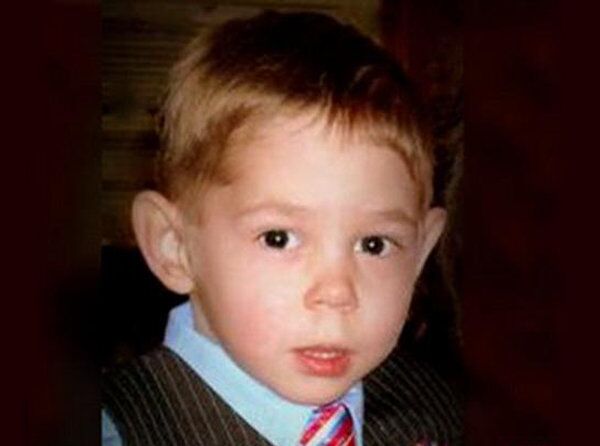ODESSA, Texas, March 1 (RIA Novosti) – Medical examiners have determined that the death of a 3-year-old adopted Russian boy in Texas earlier this year was accidental but an investigation continues and criminal charges have not been ruled out, officials announced here Friday.
"I had four doctors agree that this is the result of an accident," Ector County District Attorney Bobby Bland said at a joint news conference with Ector County Sheriff Mark Donaldson, referring to the January 21 death of Max Shatto, also known by his Russian name, Maxim Kuzmin.
"We have to take that as fact," Bland said.
Bland stated that the medical examiners – three from Ector County and a fourth independent expert who was asked to review their conclusions – had found no sign of drugs in the boy’s system and added that bruises on his body were consistent with self-inflicted injuries.
“He had a history of self-injury,” Bland told RIA Novosti. “It was a behavioral disorder that manifested itself in this way, and it was previously documented.”
Officials said the autopsy report would not be released while the investigation was still in progress and added they were not yet prepared to exclude that charges could still be filed in the case though they did not characterize that possibility as likely.
“People can be held criminally responsible for accidents,” Bland said. “There are ways to violate the law even in an accidental situation and we’re going to still look into everything and make sure we get everything together and determine how to proceed.”
Bland said accusations from some Russian officials, widely reported in Russian media, that the boy’s adoptive mother, Laura Shatto, had intentionally killed the boy were not consistent with the evidence.
“When you get down to it, an intentional killing is not supported by the medical evidence in this case,” Bland said.
The medical examiner’s report indicated that the death resulted from a laceration to the small bowel mesentery artery which Bland said was caused by a blunt force trauma to the abdomen, according to a statement released by the sheriff’s office.
Max Shatto/Kuzmin was adopted along with his younger brother by Alan and Laura Shatto of Gardendale, Texas last November.
Texas officials separately released on Friday the results of an investigation into the local agency that arranged the adoption, which concluded it had not violated state adoption regulations.
Michael Brown, an attorney hired to represent Alan and Laura Shatto shortly after Max’s death, told RIA Novosti that Laura Shatto was home alone with the two boys, in the backyard and watching them play, when the accident occurred.
“She was watching them and she had to go to the bathroom,” Brown told RIA Novosti.
“It wasn’t very long, and when she came back out, Max was lying on his back. And she said, ‘Oh, Max, what are you doing?’ And she reached down to pick him up and determined that he wasn’t breathing.”
Immediately, according to Brown, Laura Shatto called emergency services and tried to perform cardiopulmonary resuscitation on the boy before the ambulance arrived and transported him to a local hospital where he was later pronounced dead.
The death came just weeks after Russia enacted a ban on Americans adopting Russian children, in part because of concerns about previous deaths of adopted Russian children in America.
Russia’s child rights ombudsman Pavel Astakhov said publicly that Max had “numerous injuries,” was given powerful “psychotropic substances,” and had been murdered by his adoptive mother.
“There was no medicine in his system, nothing in his toxicology report. This child was not intentionally or knowingly killed, that’s what the medical evidence shows,” Bland said.
The death and subsequent investigation have been the focus of intense national and international scrutiny, and for that reason, Bland said, after three pathologists from the medical examiner’s office had made their findings, he asked a fourth doctor from a different county to review the report.
“It’s not something we do every time but we wanted to make sure everything was done properly and it was,” Bland said, adding that it wasn’t just the media attention that prompted the additional care given.
“The fact that there’s a 3-year-old child death puts a lot of scrutiny, because there’s no greater tragedy than the death of a child and if somebody did that to them you need to hold them accountable,” he said.


